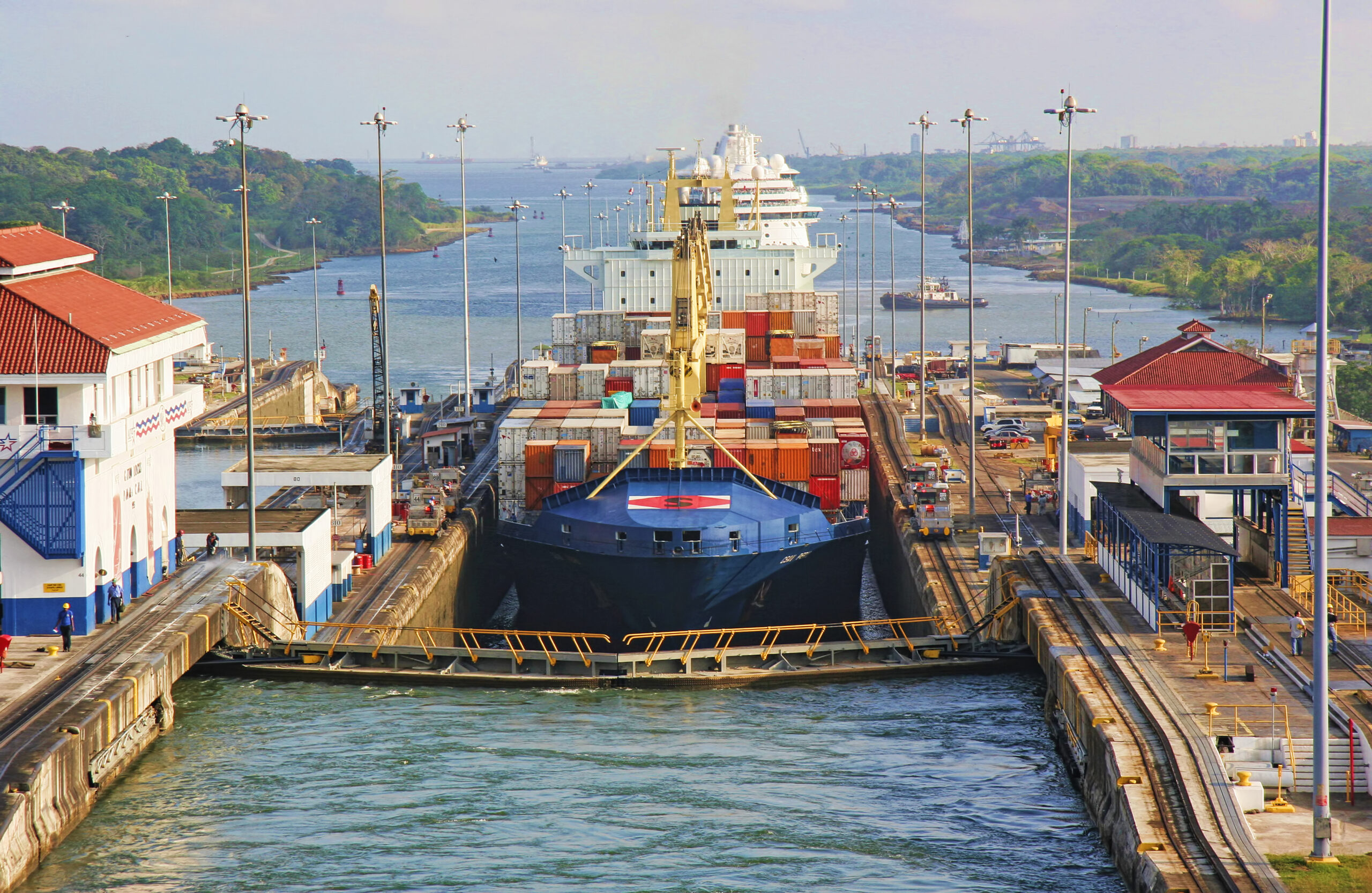A severe drought that began last year has forced authorities to slash ship crossings in the Panama Canal, one of the world’s most important trade routes.
After the sharp cuts in the number of booking slots for transits, the Panama Canal now increases the number of ships it accepts each day starting in January, as rainfall and lake levels for November proved to be less adverse than expected, coupled with the positive outcomes from the Canal’s water-saving measures.
The measure replaces the previous announcement that forecasted daily transits at 20 slots for January and 18 slots for February.
At the end of the rainy season, projections allow for an increase of 6 daily slots, as the authority reports.
In a Notice to Shippers the Canal said it will increase the number of daily transits to 24 starting in January, “because rainfall and lake levels for November proved to be less adverse than expected, coupled with the positive outcomes from the Canal’s water-saving measures.”
Canal specialists are closely monitoring the current water crisis, and the measures announced by the authority will go into effect January 16, 2024, and remain in effect until conditions warrant changes.
Additionally, the Panama Canal will allow one booking slot per customer per date, with some exceptions for quotas offered to vessels competing through the reservation system.
Currently, 22 vessels transit daily, divided into 6 neopanamax and 16 panamax. This restriction is in response to the challenges posed by the current state of Gatun Lake, which is experiencing unusually low water levels for this time of the year due to the drought induced by the El Niño phenomenon.
October 2023 was the driest October on record in the Canal watershed in history. In anticipation of a potential worsening of the situation in November and December, the decision was made to adjust the number of daily transits to 22 in December, 20 in January, and 18 in February. This year marks the first time the Canal has ever had to restrict transits.
As 2023 is the second driest year in recorded history of the Panama Canal Watershed, the Canal has implemented an operational strategy focused on water conservation and transit reliability in the face of low rainfall and the consequent decrease in lake levels.
These measures, together with direct communication with customers, have been fundamental in adapting to the difficult climatic circumstances.



